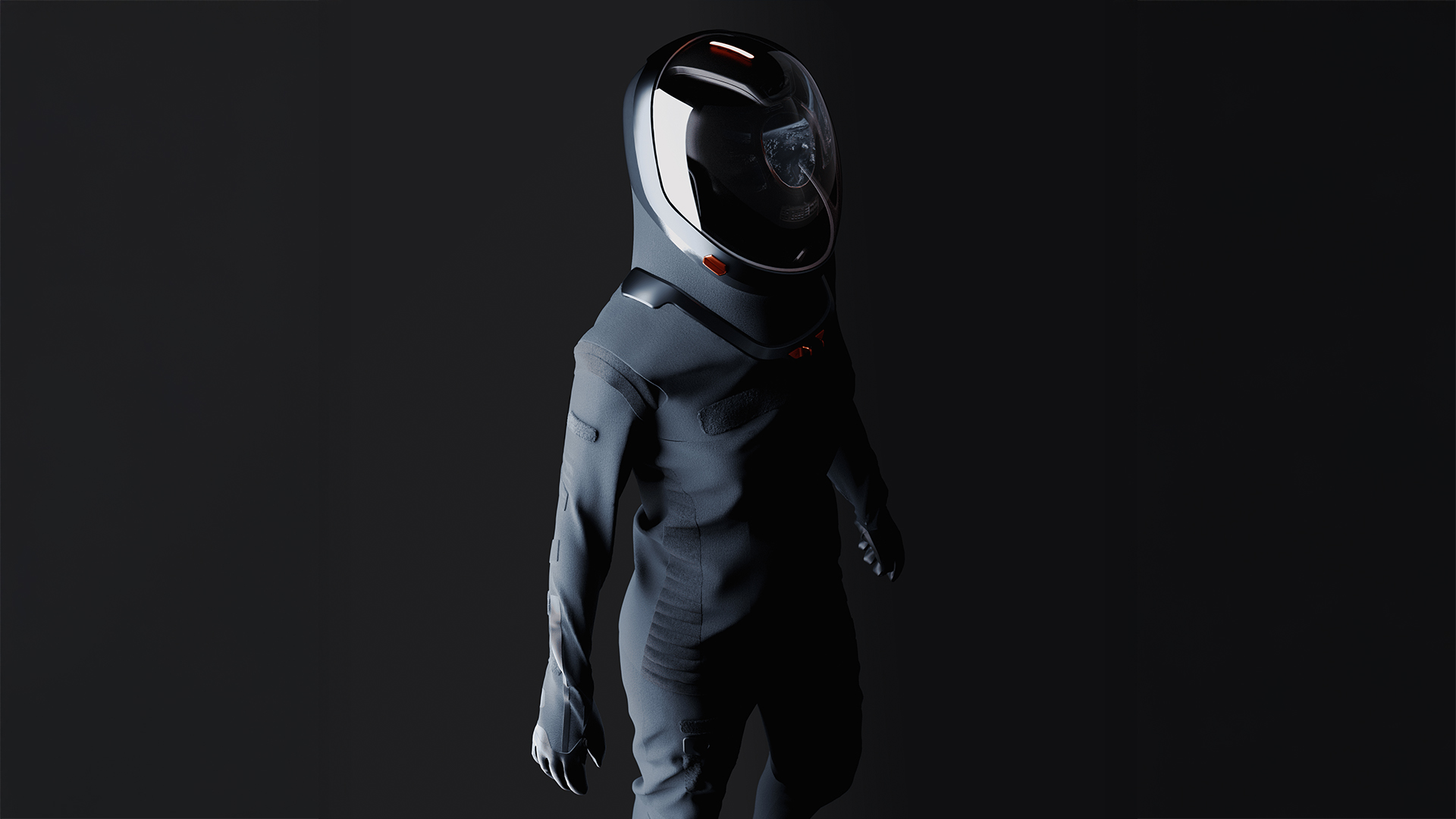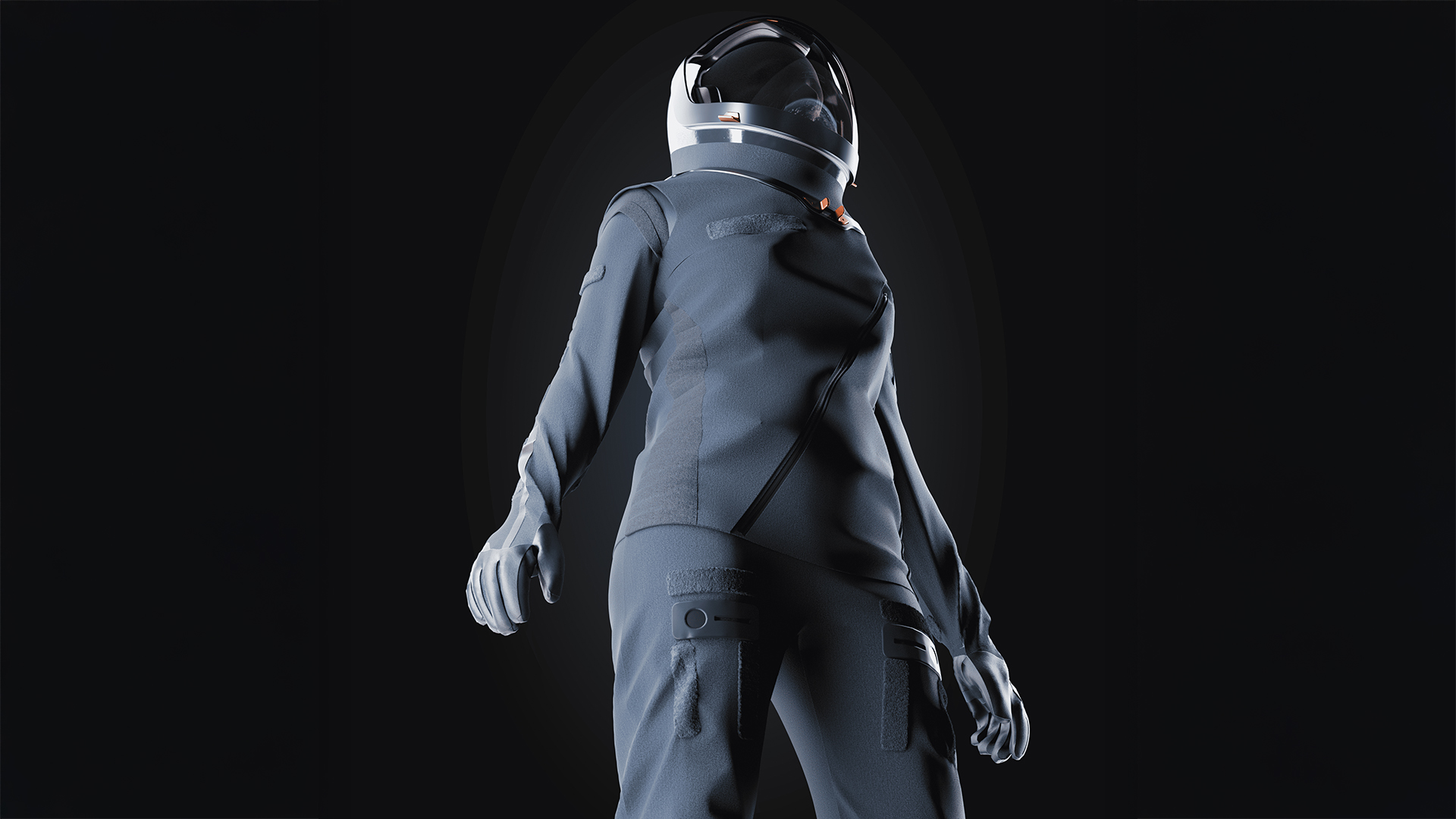
Retailer Decathlon has produced many unexpected products over the years, but its latest creation might be the most astonishing yet: a prototype space suit designed for the European Space Agency.
It's not just a concept, either. The new EuroSuit, built in collaboration with CNES, Spartan Space and MEDES, will be tested in orbit by ESA astronaut Sophie Adenot during her 2026 Epsilon mission aboard the International Space Station.
The EuroSuit is an intra-vehicular activity (IVA) suit, meaning it’s used during launch, re-entry and emergencies rather than spacewalks.
Even so, it introduces a surprising technical leap. Decathlon’s Advanced Innovation Division has designed a suit that astronauts can put on or remove in under two minutes, entirely unaided.
That speed is a first for IVA suits and could significantly improve response times during spacecraft emergencies.
Where textiles meet microgravity
Adenot will trial the prototype in microgravity by performing a series of tasks in orbit, including donning and doffing, moving through the ISS’s confined modules, and even interacting with touchscreen tablets while suited.
Her feedback will help shape the final EuroSuit design due later this decade.

The suit uses Decathlon’s textile and ergonomic expertise to deliver better mobility and fit, including bellows at the shoulders, elbows, and knees for extra freedom of movement, plus a length-adjustment feature to account for how astronauts’ bodies elongate in microgravity.
A lattice-structured helmet allows for custom-fitted shapes tailored to each astronaut’s head, improving comfort and visibility.
Even the zips have been redesigned, with sealed, ergonomic pullers that make opening and closing easier when wearing gloves.
A quiet step toward Europe’s space ambitions
Behind the scenes, the rest of the consortium is tackling the systems that turn a prototype into a life-supporting space suit.
CNES is overseeing the project and ensuring compliance with the strict requirements of European spaceflight.
Spartan Space is managing the suit’s architecture and developing its life-support system, while MEDES is working on real-time biomonitoring to track astronauts’ vitals during missions.
The organisations describe the project as a first step toward Europe’s long-term goal of achieving more autonomy in human spaceflight.
The EuroSuit programme began in late 2023, moved into prototyping throughout 2024, and is now heading into its full implementation and testing phases across 2025–2027.

It may sound strange to see Decathlon’s name next to CNES, ESA and space medicine institutes, but the collaboration actually makes sense.
The retailer’s innovation teams have spent years exploring high-performance textiles and ergonomic solutions for extreme sport environments.
The EuroSuit is simply the most extreme of them all, showing how technologies developed for climbing, running, diving, and skiing can be adapted for conditions well beyond Earth.
If the ISS testing goes well, the EuroSuit will eventually evolve into a fully operational IVA suit with sealed pressure systems, fire-resistant materials, integrated communications and even head-up display interfaces.
For now, though, it stands as a fascinating glimpse of how sports science, industrial design and human performance engineering can converge in the most unexpected place: outer space.







